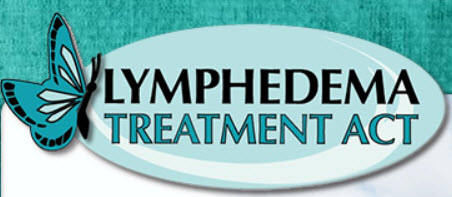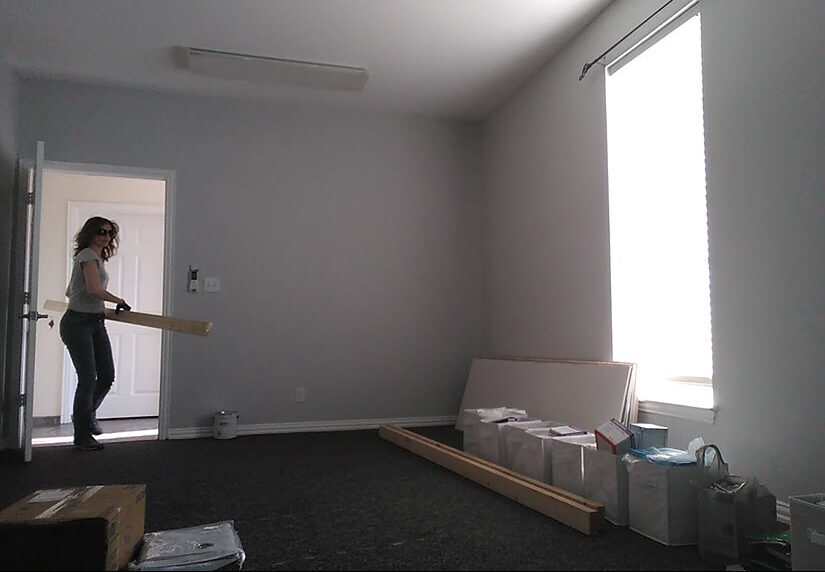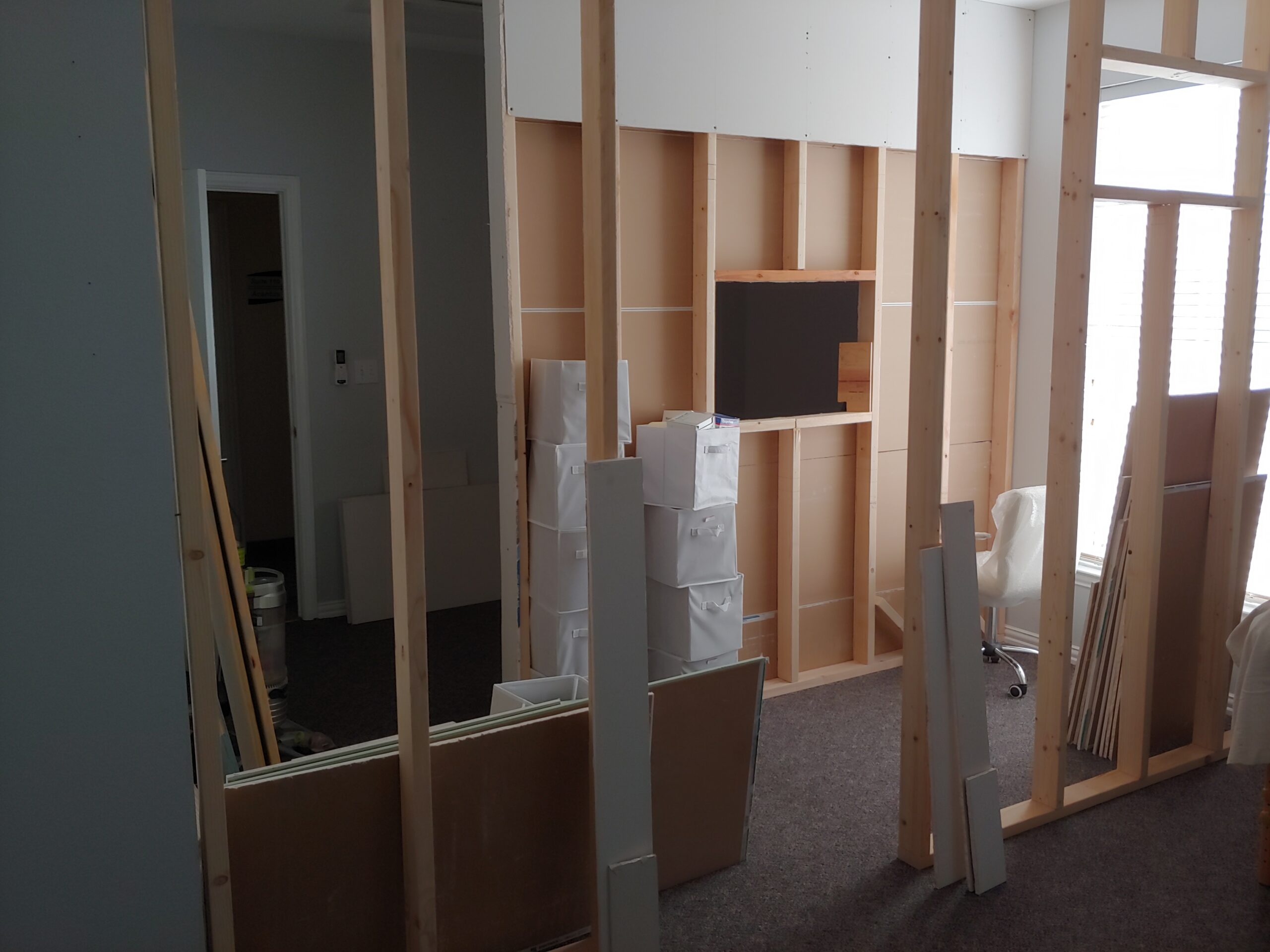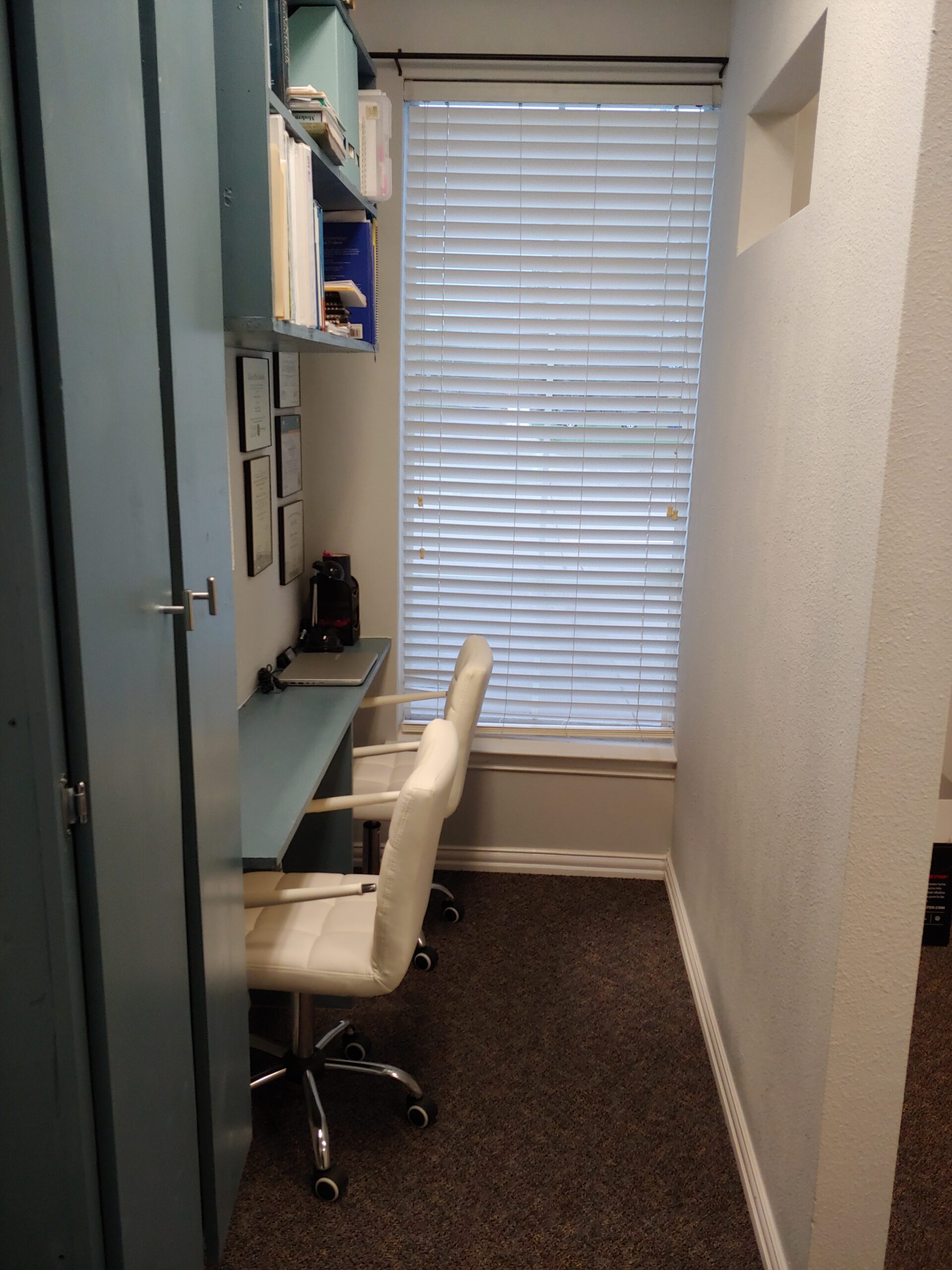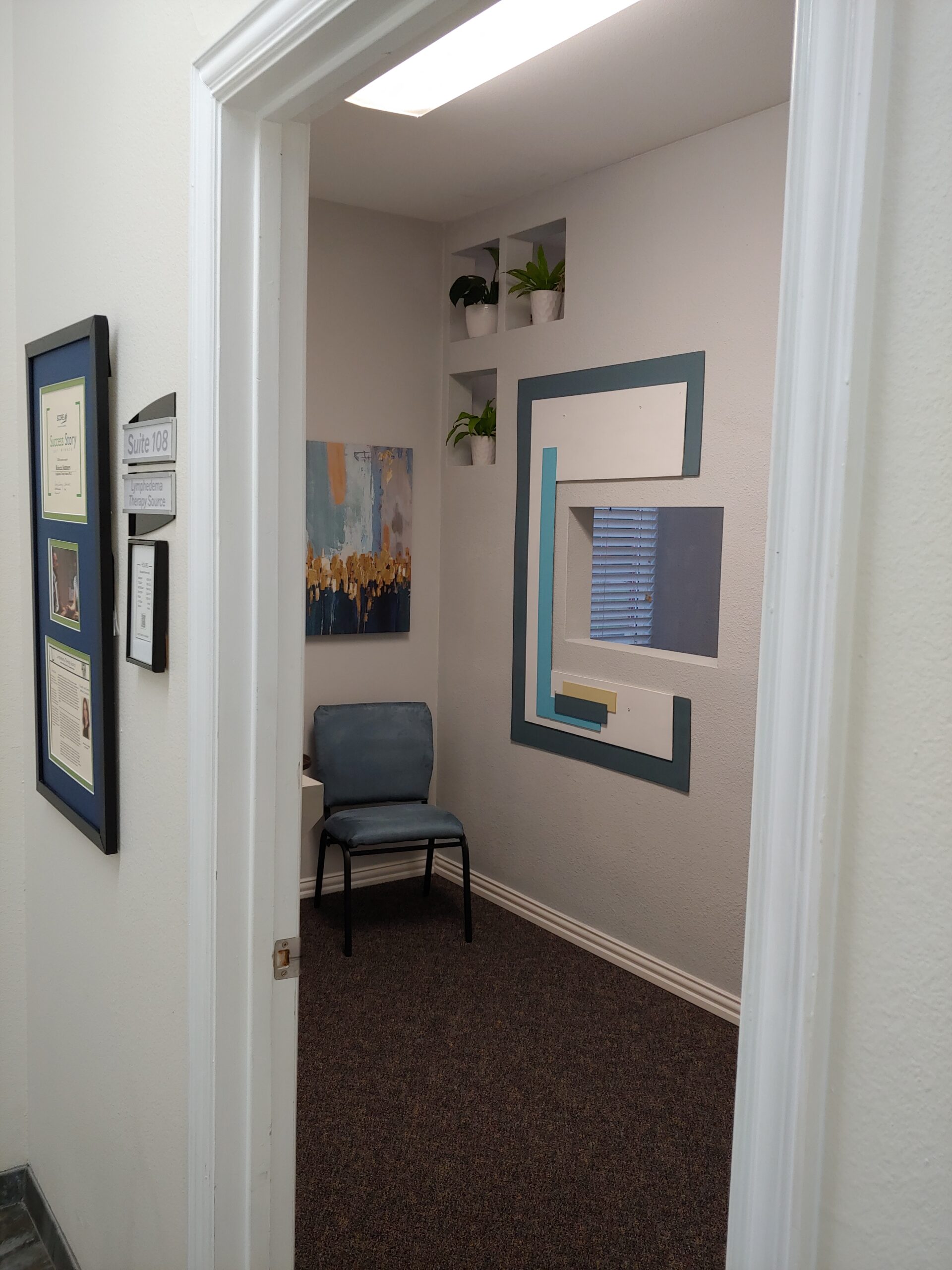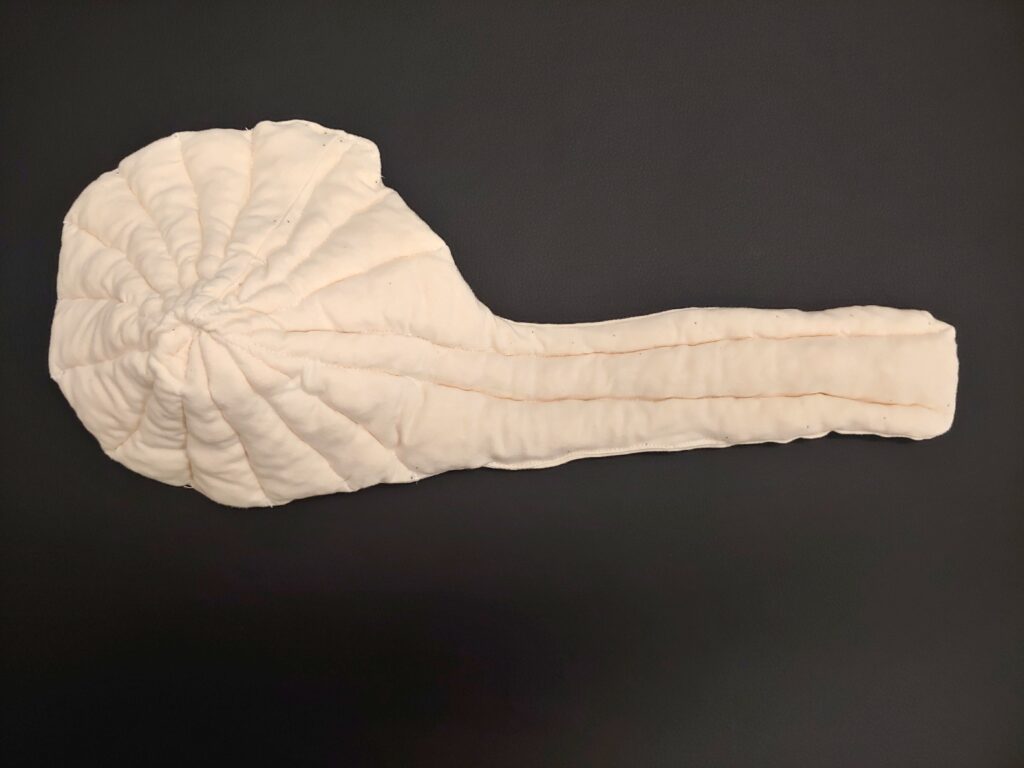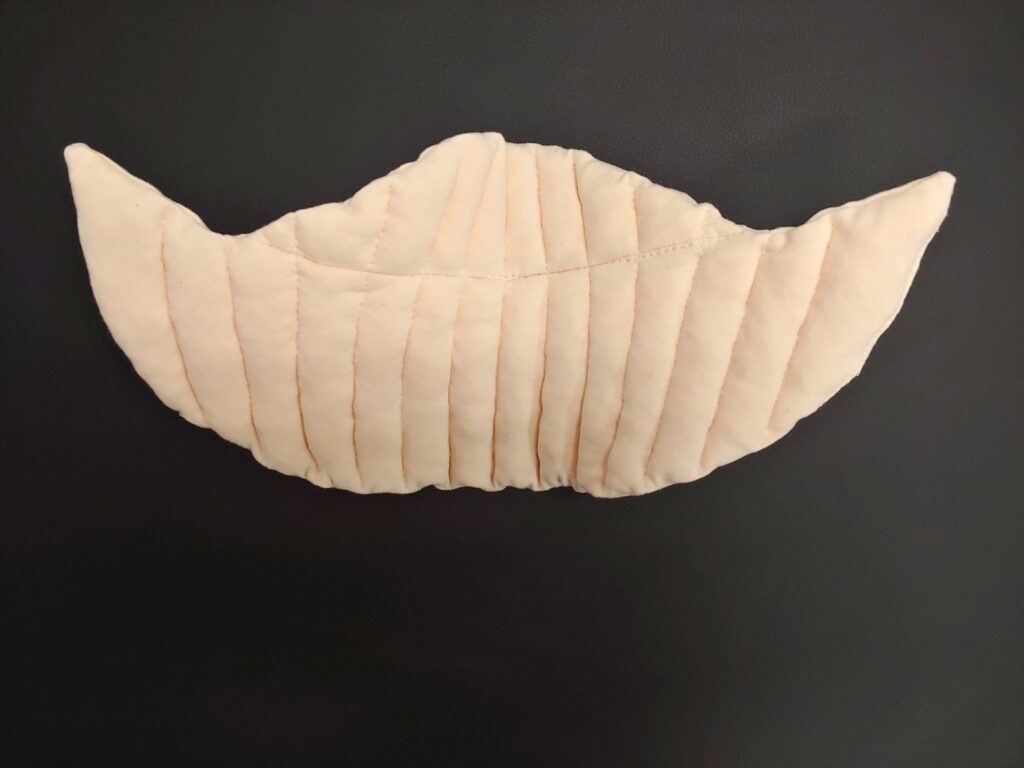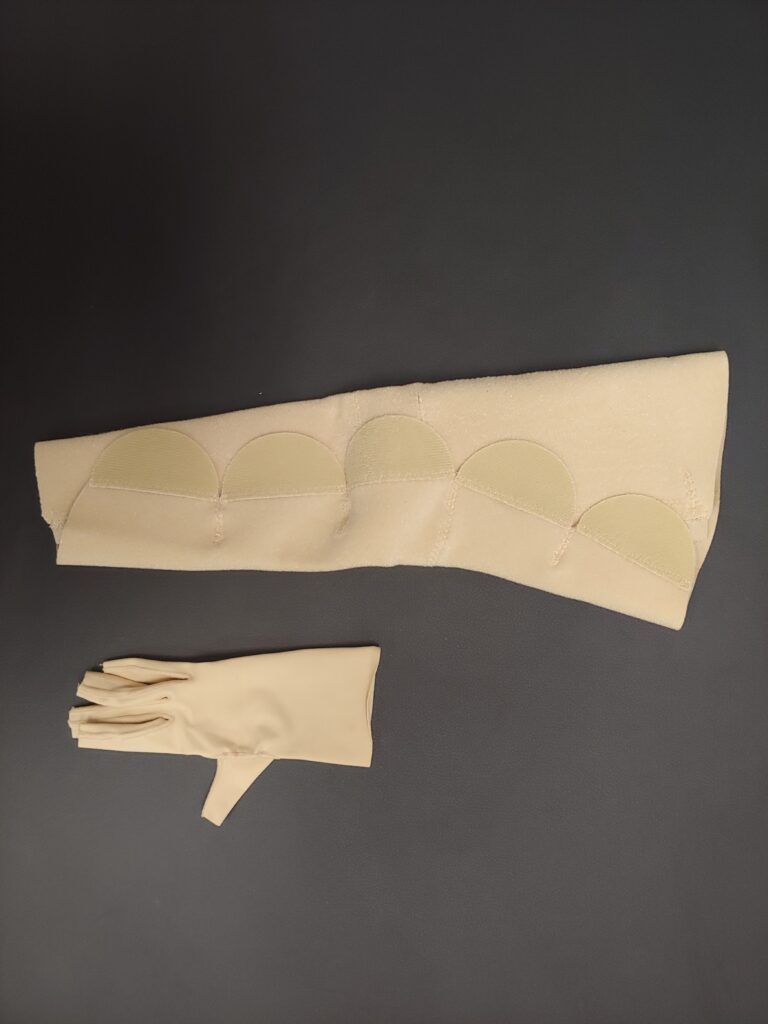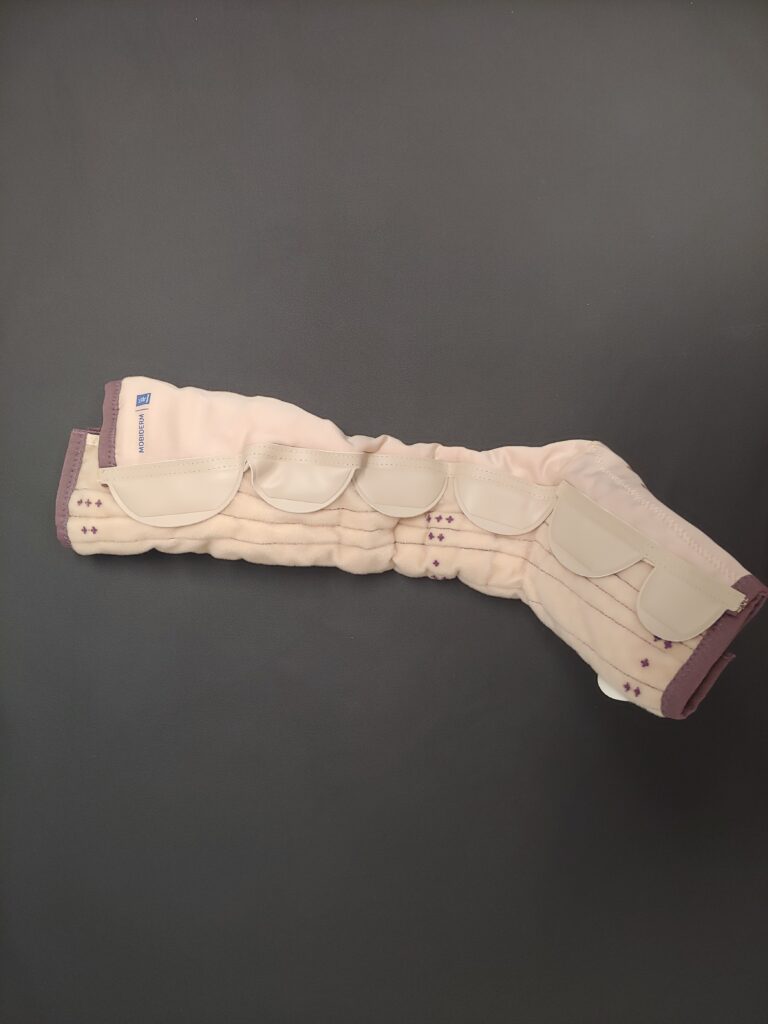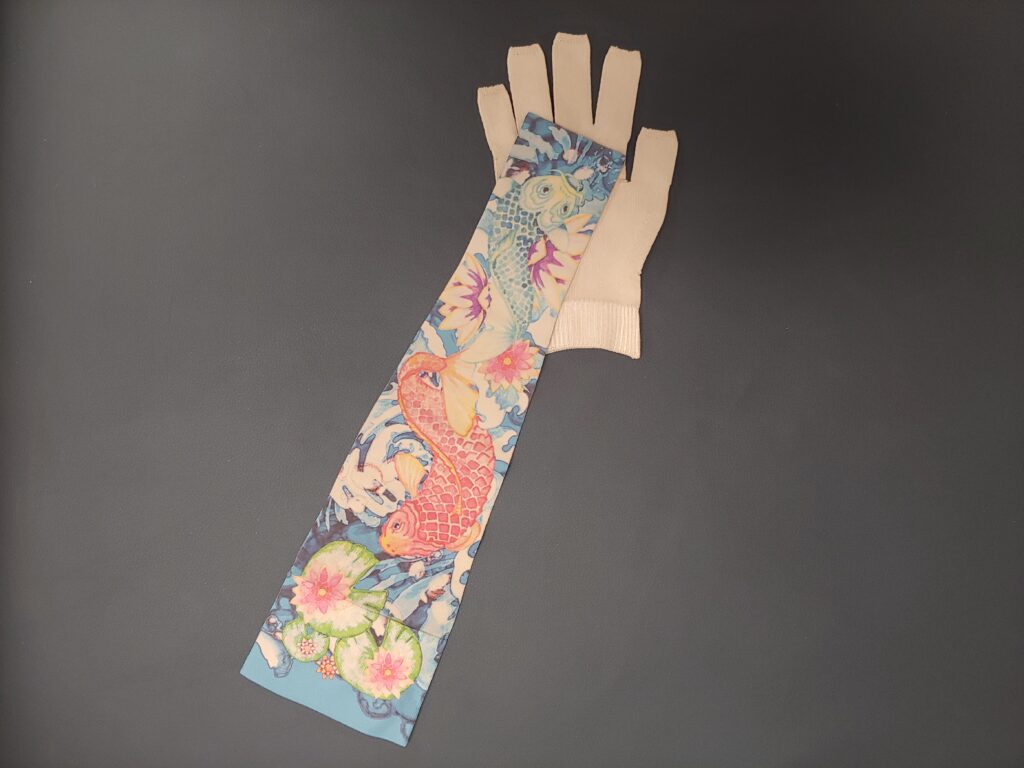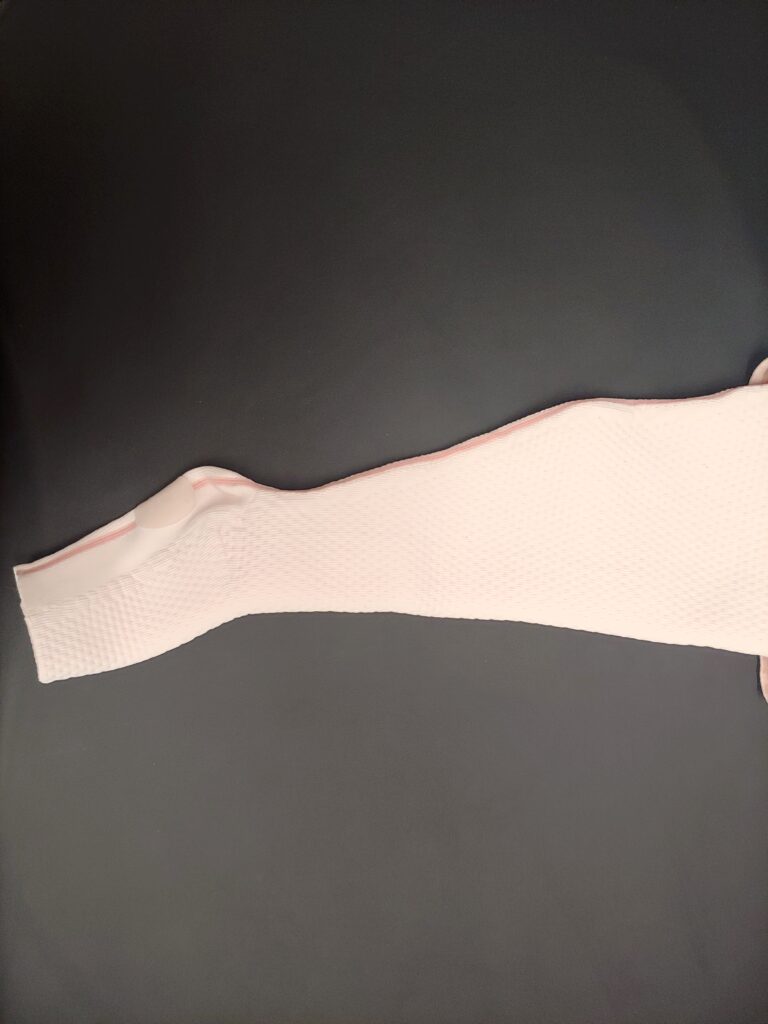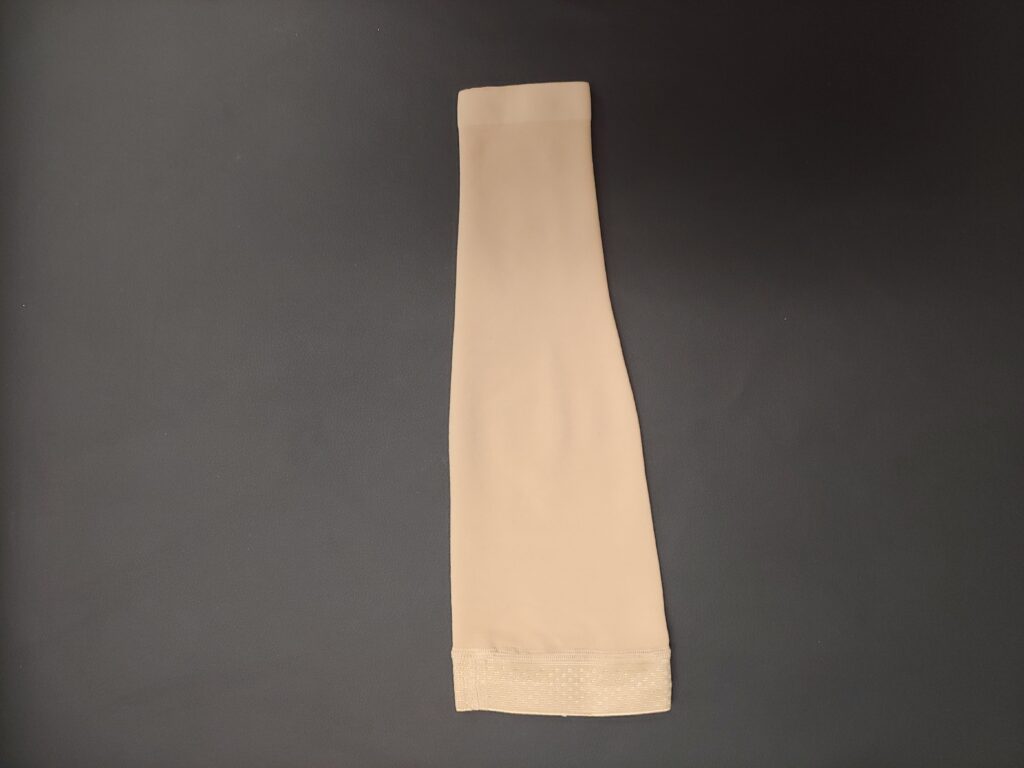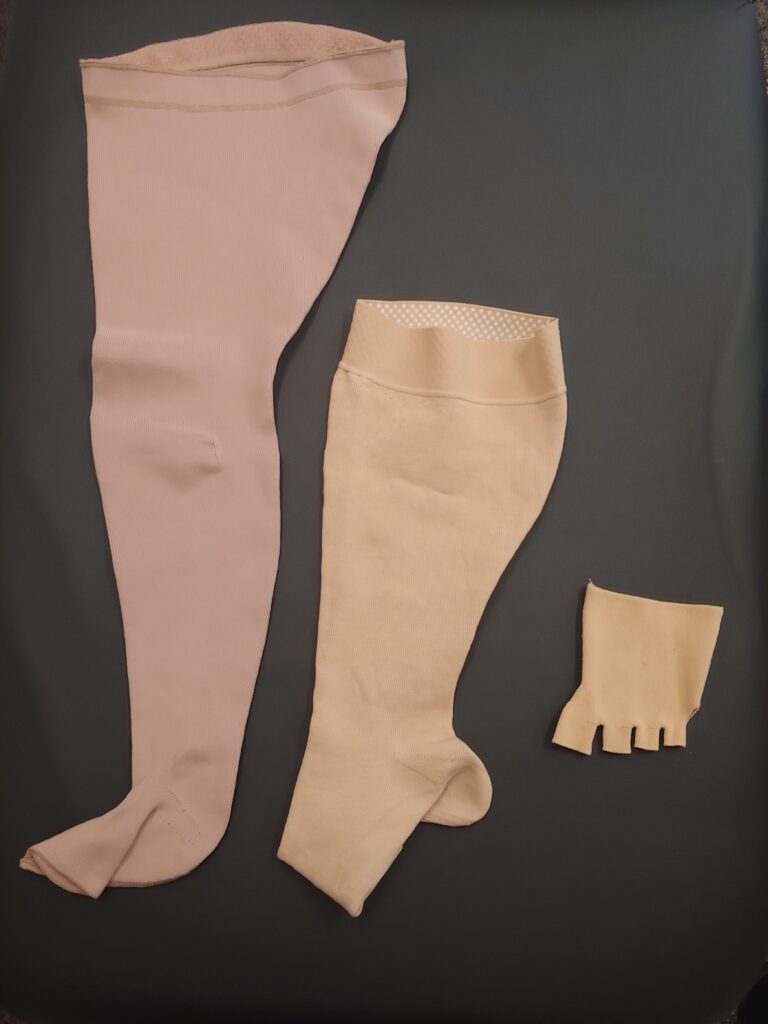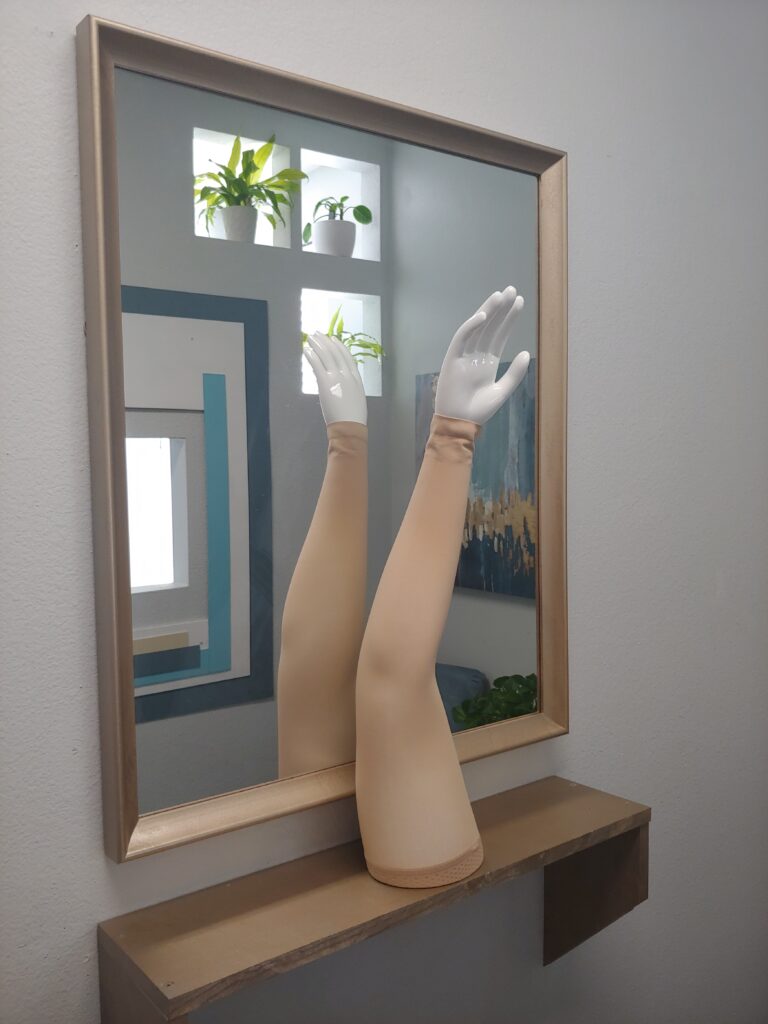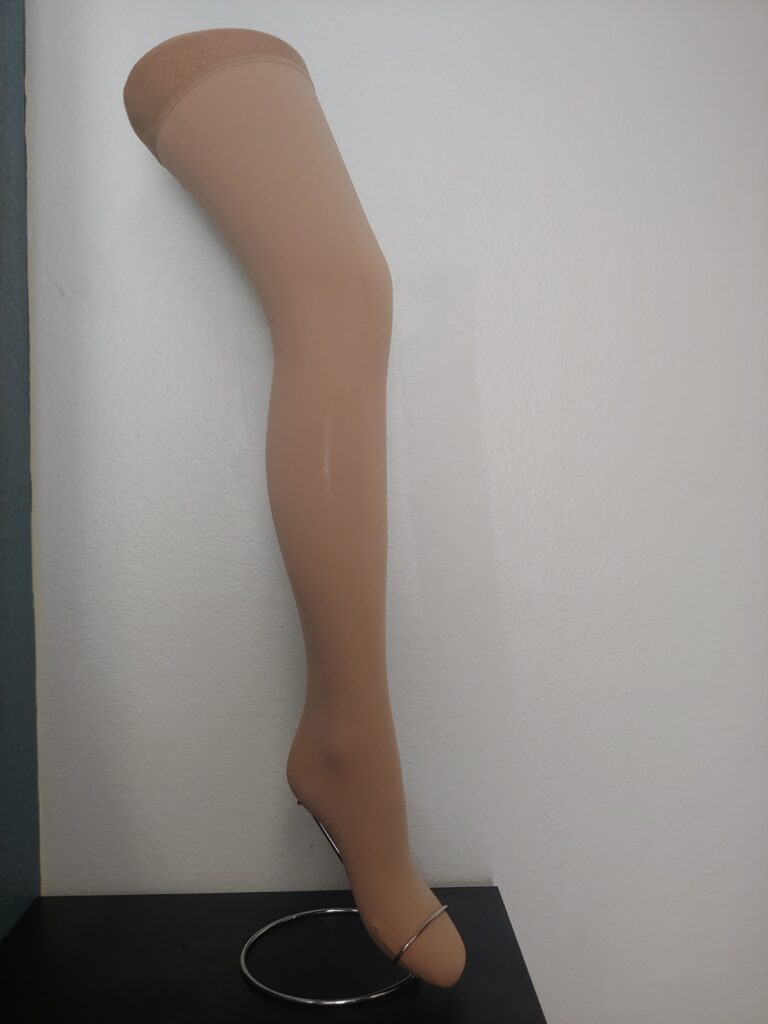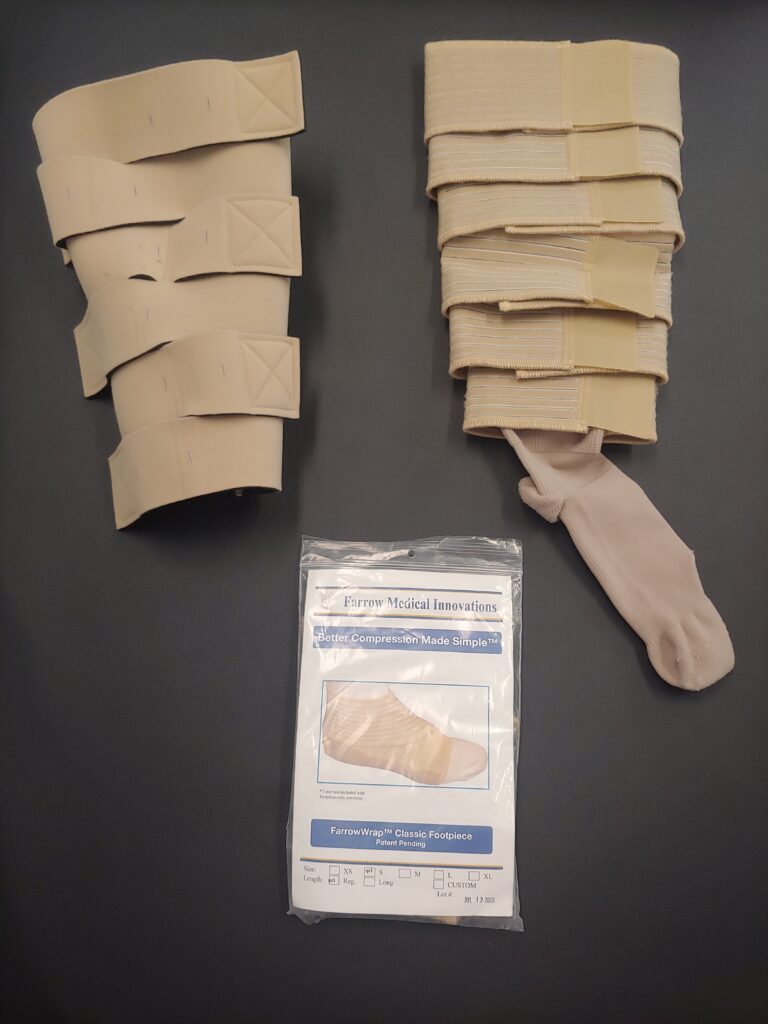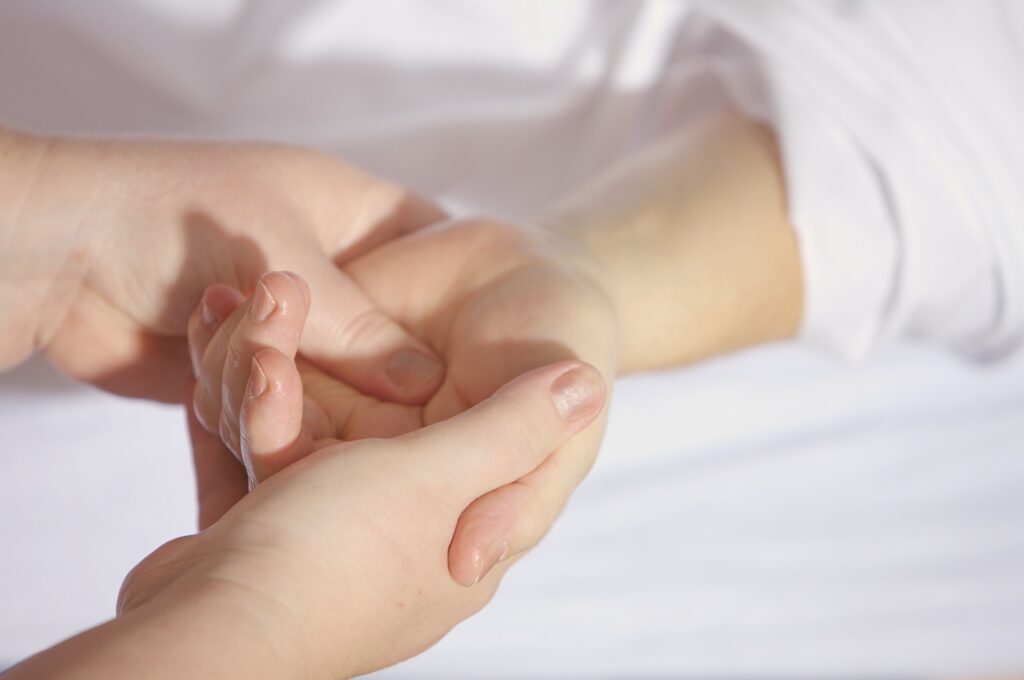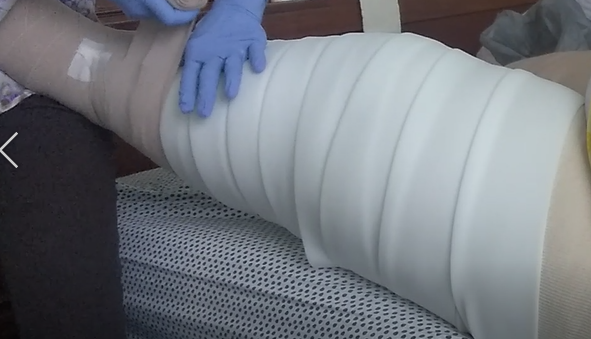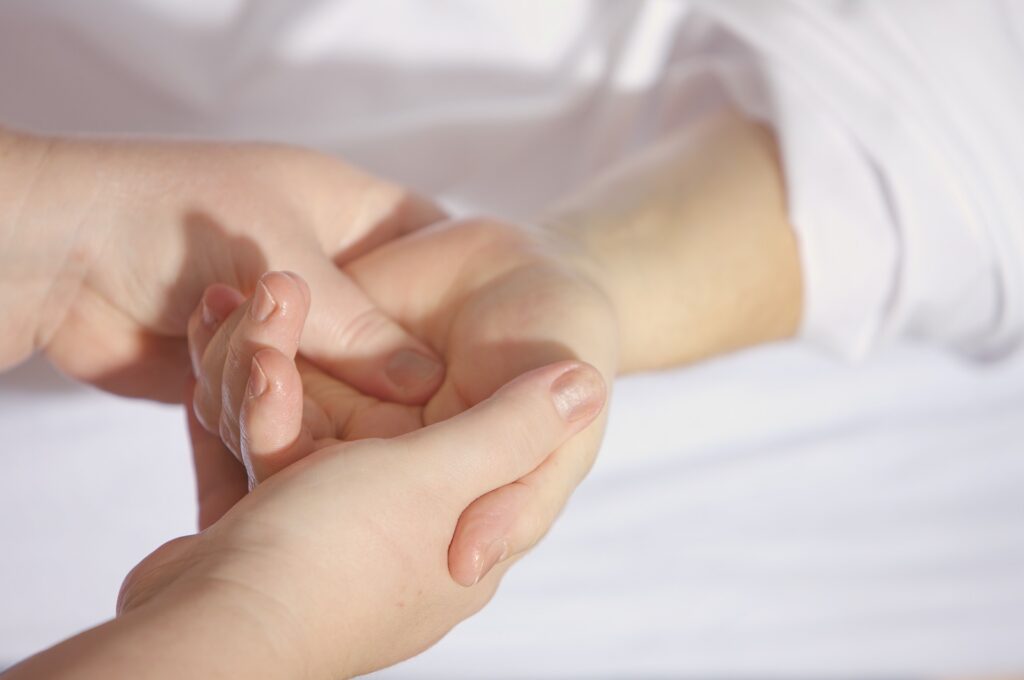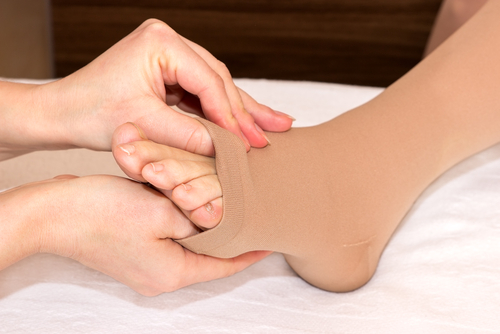Because of the Lymphedema Treatment Act, Medicare will now cover lymphedema compression, supplies & aids with the appropriate diagnosis code & medical necessity. What items are covered & how do you get them?
Diagnosis Codes
A diagnosis code must be written on a physician order. Appropriate diagnosis codes1 to qualify for the new lymphedema benefit category are
- I89.0 Lymphedema, not elsewhere classified
- I97.2 Post-mastectomy lymphedema
- I97.89 Other postprocedural complications & disorders of the circulatory system, not elsewhere classified
- Q82.0 Hereditary lymphedema
Medical Necessity
A patient must have a medical necessity for the ordered item(s). Medical necessity is proven by physician order & supportive documentation. A physician order can be signed by a “treating practitioner,” meaning, a medical doctor, doctor of osteopathy, podiatrist, physician’s assistant (PA), nurse practitioner (NP), or clinical nurse specialist (CNS).2,3 The following must be on the “standard written order.”2
- The name of the treating practitioner, their NPI (national provider identifier), their signature & the date
- stamps can’t be used; signatures & dates can be electronic or handwritten1,4
- The beneficiary’s name (the patient’s name) & Medicare number
- Description of the item(s) (such as the HCPCS code1)
- options or features constituting an upgrade above the basic item must be listed separately on the order (such as upgrading from an off-the-shelf hose to a custom hose or adding a lining, zipper or pocket to a custom garment, etc.)
- supplies must be listed separately on the order (such as a donning frame, donning gloves, etc.)
- The quantity to be dispensed.
Supportive documentation (if requested) would include medical or therapy notes. (Note: Some DME requires a face-to-face encounter with the treating practitioner within 6 months of an order.5 Lymphedema items are not currently on that list.)
Compression Supplies Covered
Phase 1 of lymphedema treatment (the reduction or decongestion phase) requires decongestion supplies. This typically includes a cotton liner, a padding layer & several short-stretch bandages. At times, a Velcro reduction garment or wound kit might be used instead.
For coverage, supportive documentation must include justification for the quantity & frequency of these items. In my experience, two sets of supplies are needed (one to use & one to wash). Each set can be laundered & reused each session. (Avoid bleach, fabric softener, Woolite, dryer use or placing items in the sun as these things can damage the elastic fibers.)
When it comes to billing, a supplier will need to line-item each compression bandaging supply, accessory, wrap or garment that doesn’t have a unique HCPCS code with one of the following best-matched HCPCS codes:
- A6549 – Gradient compression garment, not otherwise specified
- A6584 – Gradient compression wrap with adjustable straps, not otherwise specified
- A6593 – Accessory for gradient compression garment or wrap with adjustable straps, not otherwise specified
- A6609 – Gradient compression bandaging supply, not otherwise specified.
The supplier will also need to add:1
- a description of the item (including the inch, foot or yard for supplies)
- manufacturer name
- product name & number
- supplier price list
- HCPCS of a related item.
Billing modifiers are needed as well (right, left, replacement – if an item is lost, stolen or damaged, etc.).
All therapists & patients should be good stewards & conservative in their utilization of this benefit. Abuse & waste will cause problems down the road (be it increased government debt, higher taxes or another outcome).
Compression Garments Covered
Phase 2 of lymphedema treatment is the maintenance phase. This is when compression garments are needed to maintain the volume loss attained in Phase 1. Medicare covers these garments which may include:
- off-the-shelf or custom (for all body parts) (typically flat-knit, circular-knit or Velcro)
- day &/or night garments (typically Velcro or foam garments).
Medicare allows for:
- (3) daytime garments every 6 months
- (2) nighttime garments every 24 months
(Note: There are two situations in which additional compression may be covered. The first is if an item is lost, stolen or damaged. The second is if there is a change in the patient’s status or condition. Either situation will require a new order & the replacement clock will start over.1)
Garment Aids Covered
Many patients are not aware there are several donning & doffing aids available to help get compression on or to remove it. There are donning frames, slippery material, gloves & other tools your therapist may know about. Justification for the quantity of supplies & the frequency of dispensing must be supported by documentation.
YouTube
Check out the Lymphedema Savvy YouTube channel for an upcoming treatment vlog. Information about the Lymphedema Treatment Act & billing will be included in a future video.
*****UPDATE 07/22/24*****
The following educational handouts were provided by the Lymphedema Treatment Act:
*****UPDATE 02/19/25*****
The current list of HCPCS lymphedema compression billing codes can be found here. The US Medical Compression Alliance has noted Medicare approval of additional codes here (effective April 1, 2025). They are specifically listed in Medicare’s Final Rule here. Medicare Learning Network (MLN Matters publication) provides billing tips here.
References
1 (coverage) https://www.cgsmedicare.com/jc/pubs/news/2023/12/cope147943.html
2 (orders) https://www.cms.gov/medicare-coverage-database/view/article.aspx?articleid=55426
3 (physician) https://www.ssa.gov/OP_Home/ssact/title18/1861.htm
4 (signatures) https://www.cms.gov/Regulations-and-Guidance/Guidance/Manuals/downloads/pim83c03.pdf
5 (face to face) https://www.cms.gov/data-research/monitoring-programs/medicare-fee-service-compliance-programs/medical-review-and-education/dmepos-order-requirements or https://www.federalregister.gov/documents/2023/01/17/2023-00718/medicare-program-updates-to-face-to-face-encounter-and-written-order-prior-to-delivery-list#:~:text=For%20items%20on%20the%20F2F,of%20the%20written%20order%2Fprescription.
